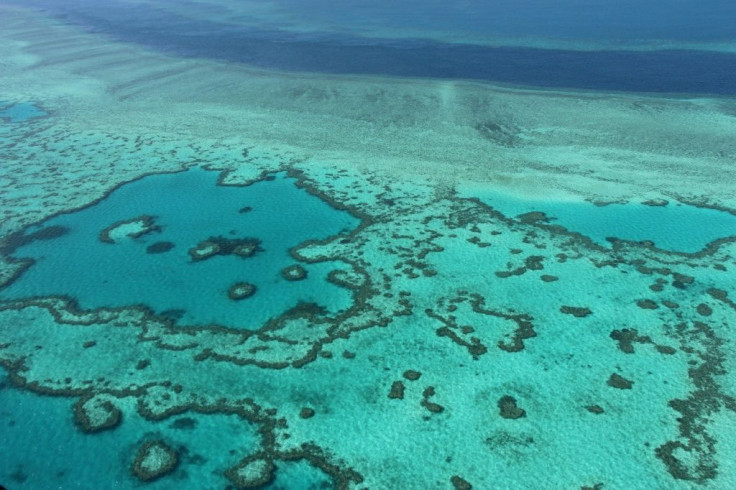Extreme Heat Wave Hits Mediterranean Sea, Threatens Marine Life
KEY POINTS
- The Mediterranean marine heat wave began in the latter half of April
- It spread across the central and northwest Mediterranean Sea
- The marine heat wave was still active on Sept. 13
Europe was ravaged by heat waves this year. However, it was not only the land that experienced record-breaking temperatures, but the Mediterranean Sea also experienced an extreme marine heat wave. A European Space Agency (ESA) funded project fostered the detection and monitoring of the marine heat wave.
The ESA-backed project named CAREheat (deteCtion and threAts of maRinE Heat waves) found some interesting details while analyzing the Mediterranean marine heat wave. Launched in March, the project used near-real-time sea surface temperature data from Copernicus Marine Service.
It was found by the CAREheat team that the marine heat wave began in the latter half of April and spread across the central and northwest Mediterranean Sea. This area witnessed a distinct increase in sea surface temperature around May 10, which in about 10 days resulted in a sudden temperature increase from 16°C to 22°C.
The Ligurian Sea, which is a part of the Mediterranean, experienced maximum intensity of the heat wave on July 21. On this day, the mean anomaly reached 5°C.
The marine heat wave is still active as of Sept. 13, ESA said on its website.
"We are still observing an averaged sea surface temperature anomaly of around 2°C, which intensified in the northwest Mediterranean where the anomaly is higher than 4°C," Rosalia Santoleri, CAREHeat Project Coordinator, said.
Marine heat waves harm the marine ecosystem by threatening marine biodiversity. These heat waves also affect fisheries, aquaculture, and tourism industries.
The rise in water temperatures associated with marine heat waves can also lead to tropical storms and hurricanes. The heat waves may also disturb the water cycle and increase the chances of floods, droughts, and wildfires on land.
Marine heat waves have become more extensive and are expected to only grow in intensity and duration with increased frequency due to climate change.
Understanding the impact and predicting marine heat waves in the future may help make ecosystems and local communities resilient to its effects.
The world this year witnessed extreme land heat waves as well across the globe ranging from Europe to America. These heat waves proved fatal for many and affected crop yields.
CAREheat team will continue its work to monitor heat waves, hoping to understand temperature signal propagation below the sea surface. It will also try to find the factors behind this extreme event and the impact this heat wave will have on the marine ecosystem.
The CAREHeat consortium is spearheaded by the Institute of Marine Sciences of the Italian National Research Council (CNR-ISNAR). It is a collaboration of the Italian National Agency for New Technologies, Energy and Sustainable Economic Development (ENEA), Collecte Localisation Satellites (CLS), the French Research Institute for Exploitation of the Sea (IFREMER), Mercator Ocean International (MOI), and +ATLANTIC CoLAB.

© Copyright IBTimes 2024. All rights reserved.




















